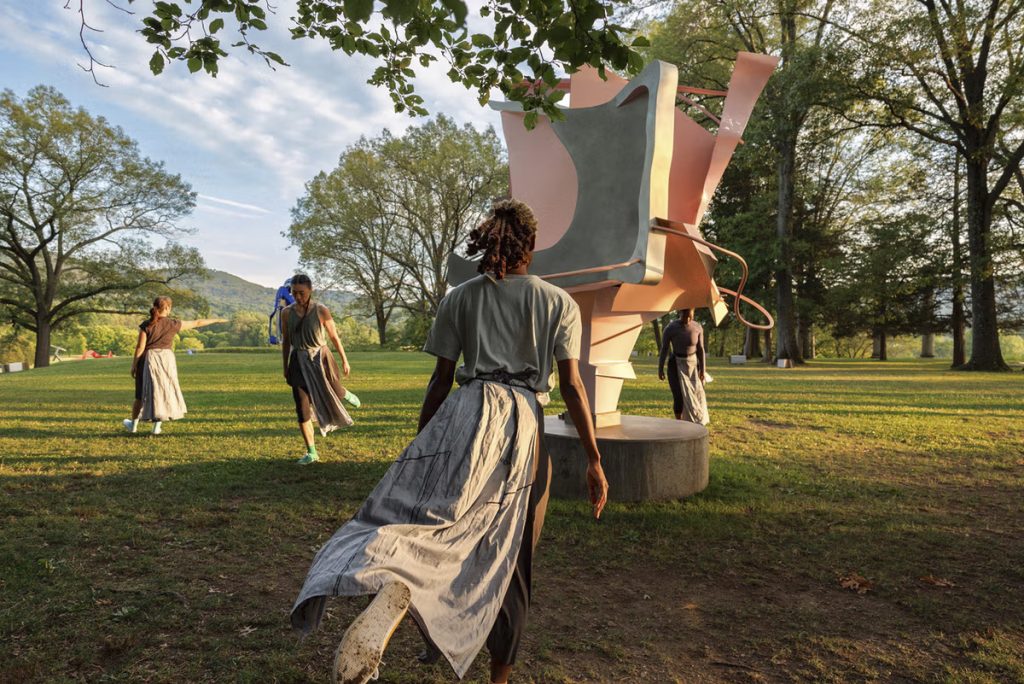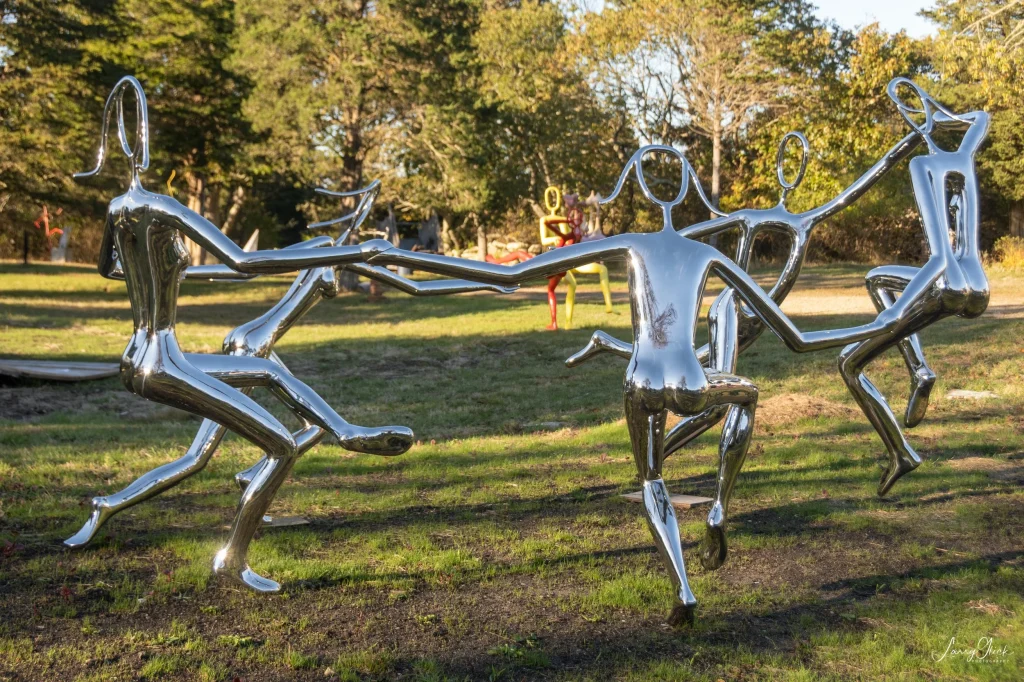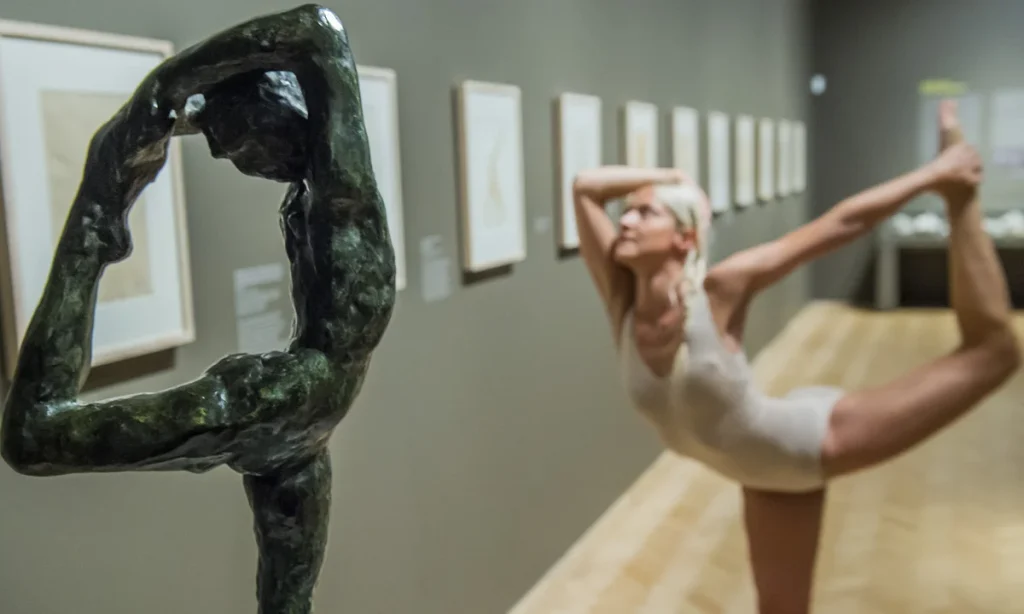Among numerous art forms, the fusion of dance and sculpture consistently presents a unique and captivating tension. The intersection of dance and sculpture is a collision of dynamism and stillness, a shared language of time and space. Dance uses the body as a medium, conveying rhythm and emotion through movement; sculpture, on the other hand, freezes a moment in time with materials, allowing the beauty of a fleeting instant to endure through the ages. While their artistic expressions differ, both construct visual poetry through posture and line.

This artistic connection is particularly common in landscape design. One of the most popular examples is outdoor sculpture inspired by dance, such as the well-known Three Dancing Women Statue. This work presents the fluidity of dance through the interactive postures of three dancers: elegant arms, light steps, and swirling skirts, all of which imbue the static metal or stone with rhythm. Placed in gardens, along pathways, or beside water features, the sculpture seems to continue dancing in nature, creating a vibrant landscape together with wind, light, and plants.

The charm of garden decoration lies not only in beautifying the environment but also in creating emotions and atmosphere. When the Three Dancing Women Statue is nestled amidst lush greenery, its dynamic movements infuse the space with a light, free, and artistic atmosphere. In spring, sunlight bathes the sculpture’s surface, making the dancers appear to twirl in golden light; at night, when the lights illuminate them, they seem to dance softly in the tranquil night breeze.

Therefore, integrating dance and sculpture into the garden is not merely visual decoration, but also an expression of emotion, enriching the outdoor space with artistic layers and allowing everyone who enters to experience a moment of being gently embraced by art.

